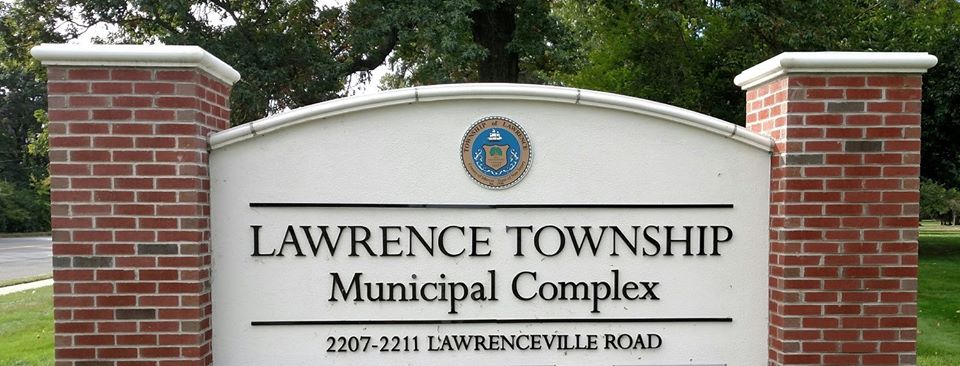From the first known slave in Lawrence Township in 1709 to the last known slave recorded in the U.S. Census in 1860, slavery has had a presence – although a small one – in the township.
The history of slavery in Lawrence most likely began shortly after its settlement in the late 1690s, said Rider University history professor Brooke Hunter.
The earliest record of slave ownership dates to 1709, when Theophilus Phillips freed an unnamed male slave, Hunter said.
Whether Phillips brought the slave with him from Brooklyn, N.Y., when he settled in Maidenhead Township – the original name of Lawrence – is not known. But what is known is that the man was the first known slave in Lawrence, Hunter said.
Slavery was introduced into the ‘Jerseys’ by the Dutch, she said. It was confined to six counties in northern and central New Jersey controlled by the Dutch. There were fewer slaves in the southern part of the state because of opposition from the Quakers who settled in the area.
While those early slaves performed labor in homes and also crafts, most slaves worked on farms, Hunter said.
Early records showed that in 1726, there were 141 slaves in Hunterdon County, which predated Mercer County. By 1772, there were 1,095 slaves and by 1790, the number of slaves had peaked at 1,301, Hunter said.
But how many of those 1,095 slaves belonged to Lawrence families is not an easy question to answer, Hunter said. Ownership of slaves generally turned up in probate records after the owner died, but not everyone filed a will for probate, she said.
Slaves were listed as property in the inventory after a person died and were considered “less than” human, Hunter said.
When Benjamin Van Cleve died in 1817, court records showed that one Black woman and one Black boy lived in his household, Hunter said.
U.S. Census records tell a better story of the status of Blacks in Lawrence – how many were free and how many were enslaved. The 1810 U.S. Census showed 49 free Blacks and 112 slaves living in Lawrence, Hunter said.
In the 1830 U.S. Census, there were 13 slaves living in Lawrence. Ten years later in 1840, the number had dwindled to two slaves, she said.
The 1850 U.S. Census showed three slaves. The 1860 U.S. Census showed one slave – 95-year-old Sylvia Hunt, who lived in the A. Price Lanning household, Hunter said.
While the perception is that those slaves lived in separate slave quarters, the reality is that the slaves lived alongside of their owners in the farmhouse. The 1813 inventory of Jasper Smith listed “bedding” in the kitchen, Hunter said.
Most slave owners possessed one or two slaves, Hunter said, and they were among the small number of “economically elite” Lawrence families.
Those names are familiar to anyone interested in Lawrence history – Mershon, Bainbridge, Brearley, Phillips, Van Cleve, Stevens, Smith and Hoff, she said.
Sidebar to “Lawrence Township Council endorses proposed state reparations task force for descendants of slaves”




